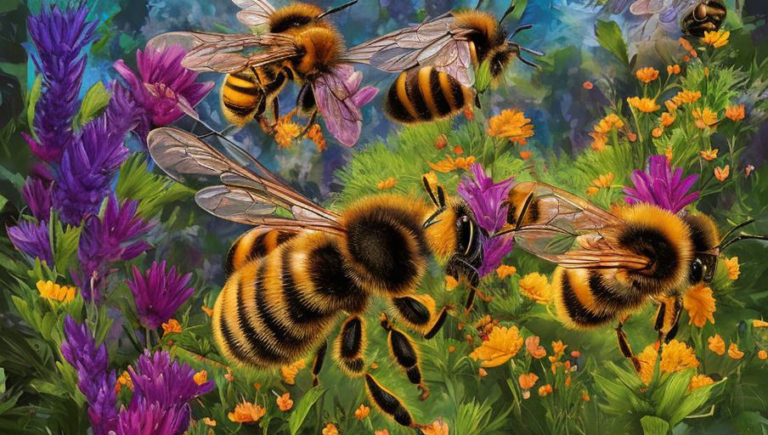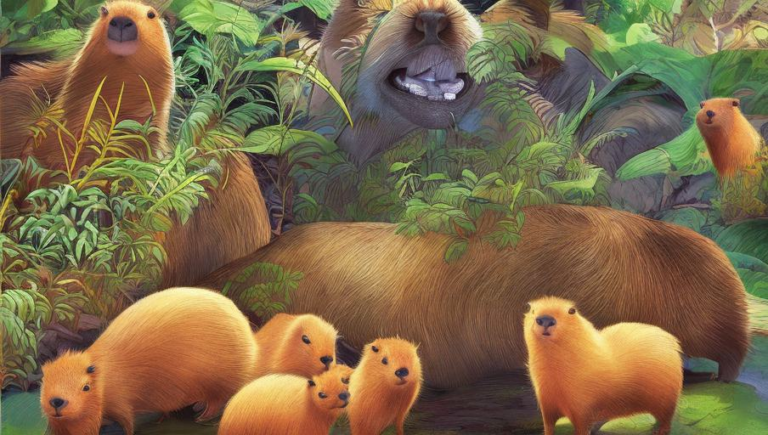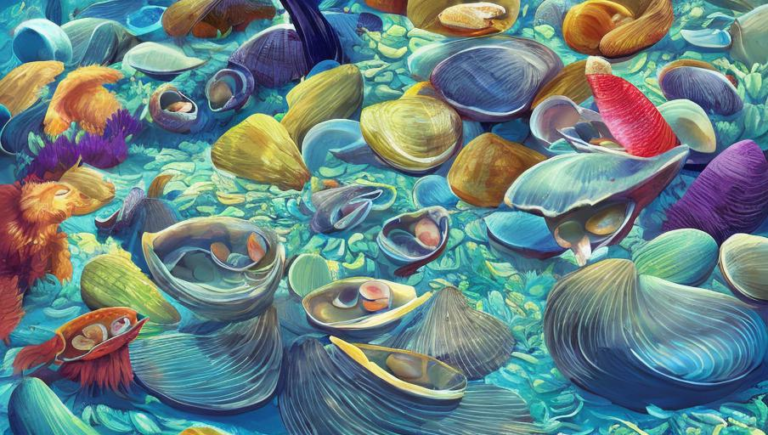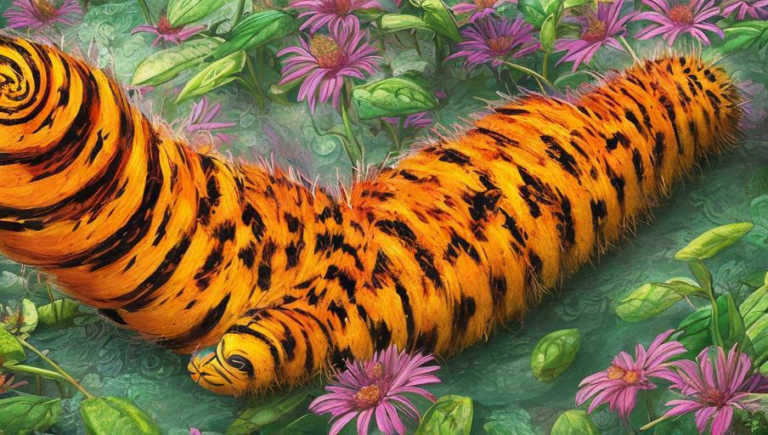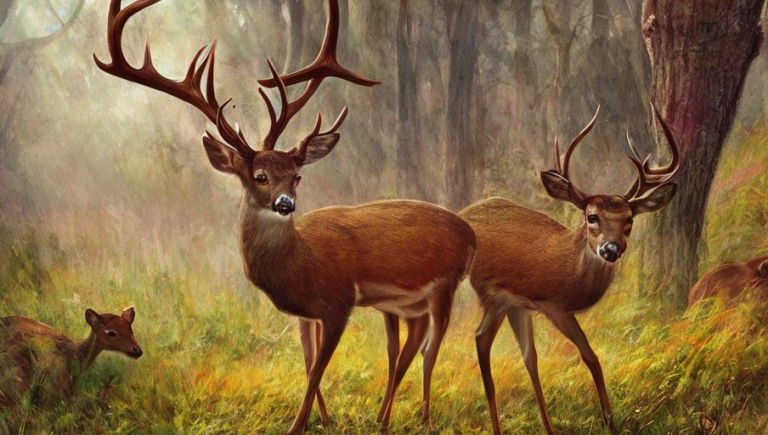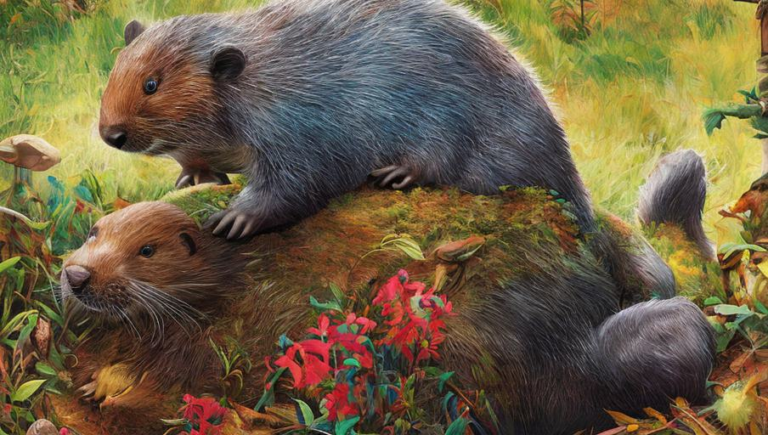Hunting Habits of the Anteater
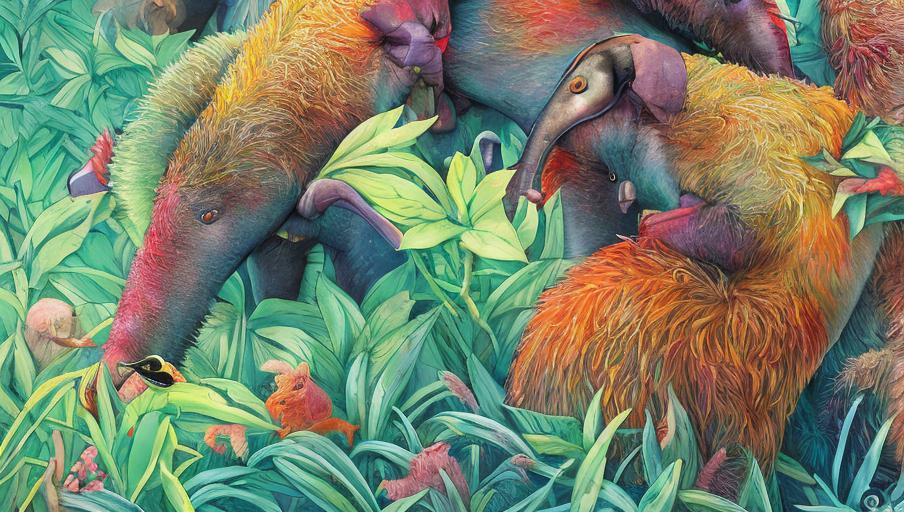
Introduction
The anteater is a fascinating mammal that has many unique characteristics. It is found in Central and South America, and is well-known for its impressive tongue and its ability to eat ants. However, few people know about the anteater’s hunting habits and what it takes to survive in the wild. This article will explore the hunting habits of the anteater and how it has adapted to its environment.
Nose and Claws
The anteater has a long and flexible snout that is very sensitive. The snout is covered in tiny hairs that help it detect ants and termites in their underground tunnels. The anteater also has strong front claws that it uses to break into the tunnels and capture its prey. Its long claws also help it climb trees, which it does in order to search for food and escape from predators.
Tongue
The anteater is famous for its long, sticky tongue, which can measure up to two feet long and can be extended out of the animal’s mouth at high speed. The tongue is covered in thousands of tiny spines, which help it to catch and hold the ants and termites. The tongue is also really flexible, allowing the anteater to reach deep into the tunnels and grab its prey.
Eating Habits
The anteater has a unique way of eating. It licks its prey off its tongue, as opposed to chewing and swallowing like other animals. This allows it to eat large numbers of ants and termites in a very short period of time. An anteater can eat up to 30,000 ants in one day!
Feeding Frequency
The anteater has a slow metabolic rate and can go for days or even weeks without food. It only needs to feed every few days and can survive on a diet of mostly ants and termites. It also eats other insects, such as beetles, caterpillars, and larvae, but these make up a small portion of its diet.
Adaptation
The anteater has adapted to its environment in order to survive. It is mostly active during the day, when the ants and termites are more active. It has also developed its long claws and sticky tongue in order to capture its prey. Additionally, it has a slow metabolic rate so that it can survive on small amounts of food for long periods of time.
Conclusion
The anteater is an incredible creature with many fascinating adaptations. It has a long and sticky tongue, strong claws, and a slow metabolism, all of which help it to survive in the wild. It is an expert hunter and can eat thousands of ants and termites in a single day. The anteater is truly a remarkable animal.
